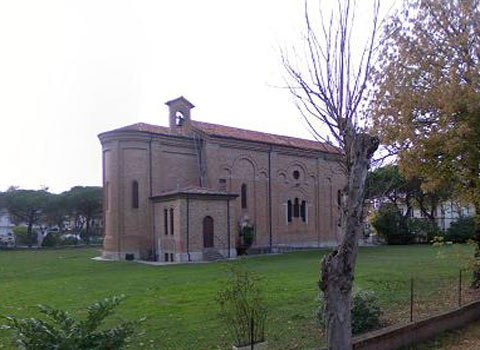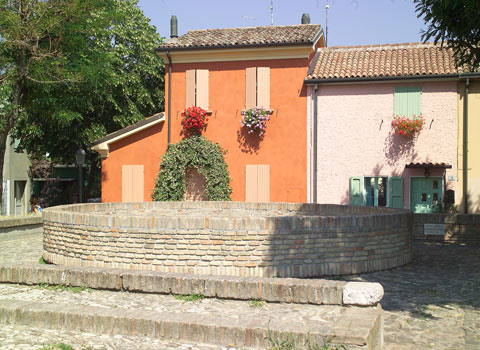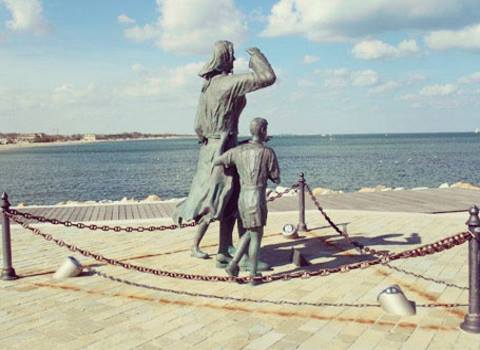In 1970, near Cà Turchi, archaeological researches located a settlement which probably belongs to a rural villa with two kilns. Only their fireboxes have been found, since they were situated 1,50 metres underground, and so ploughing hasn’t destroyed them.
Northwards firebox is better preserved than the other. The internal structure is characterized by a corridor with perpendicular walls. In origin walls sustained perforated flooring used for baking. Maybe the covering of kilns was manufactured with with tubuli (terra-cotta tubes inserted one into the other), in fact some fragments of tubuli have been found in close proximity.
Structures like the kilns of Cà Turchi were the most widespread in Romagna between the 1st and the 2nd centuries A.D.. In fact, they were very versatile and they allowed baking of different kinds of materials (potteries, amphoras and tiles).
Because during archaeological excavations fragments of a statue have been found, probably kilns manufactured statues for different uses (for example ornaments for gardens, votive offerings for sanctuaries).
The habit of sealed tiles spreads during the 1st century B.C..
The kiln of Cà Turchi manufactured different kinds of tiles, but in some tiles only a seal characterized by 7 letters P.IVN CIL appeared.
The seal was rectangular (9cmx3cm) and it probably means P(ublius) IUN(nius) CIL (o). It has been found also in a tile used for the “tomba alla cappuccina” (found in Borella di Cantalupo).




